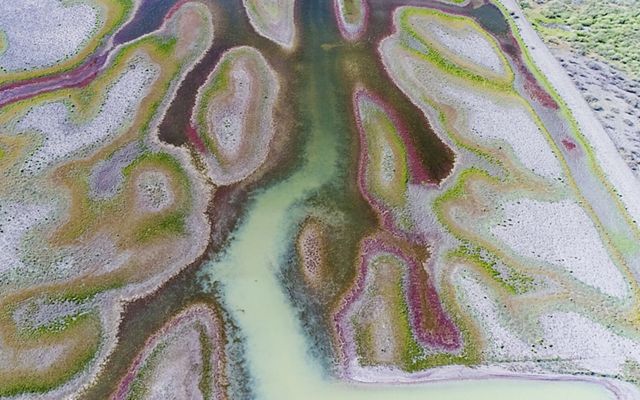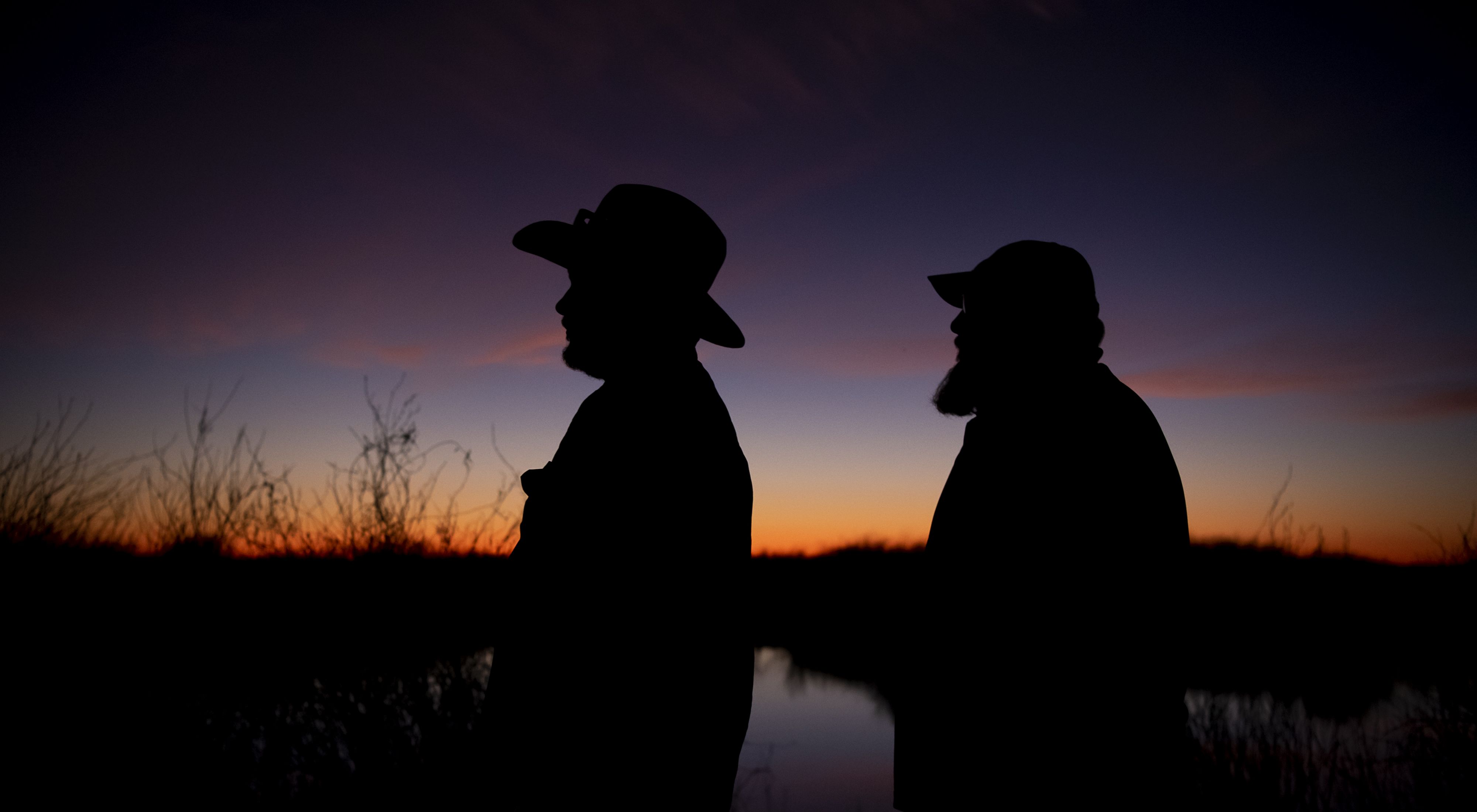Media Contacts
-
Tony Jupp
Associate Director of Communications
Email: tjupp@tnc.org
Ownership of almost 88,000 hectares of internationally significant Murrumbidgee floodplain in southern New South Wales is officially back in the hands of its Traditional Custodians – the Nari Nari people.
Making the announcement today, Rich Gilmore, Director of The Nature Conservancy in Australia said: “The Nature Conservancy is extremely proud to have facilitated the official transfer of ownership of Gayini[1] to the Nari Nari people after more than 150 years of dispossession. Gayini is now legally owned by the Nari Nari people, as it has been spiritually for 50,000 years. Indigenous self-determination in land and water management is core to our work and hence Nari Nari ownership of Gayini is key to our shared vision for its future.”
NSW Minister for Water, Melinda Pavey said, “Handing back Gayini to its Traditional Custodians is a fantastic outcome for the local economy, wildlife conservation and Indigenous opportunity in the Murrumbidgee Valley. The handback was part of The Nature Conservancy’s plan for the property when it took over management in May 2018. I’m pleased that it has been achieved so quickly.”
Federal Minister for the Environment and Member for Farrer Sussan Ley said that The Nature Conservancy handback to the Nari Nari people was recognition of the important role of Indigenous culture and heritage in the Lower Murrumbidgee, an iconic part of the landscape of western NSW.
“This is about traditional owners working with local farmers, combining sustainable agriculture with the protection of our native environment,” Minister Ley said.
Other than the change in ownership, Gayini continues to be managed as agreed with the NSW Government – for restoration and protection of culture and heritage, nature conservation and sustainable economic development with support from The Nature Conservancy and other partners.
“This handover is very significant. It gives our people the opportunity to live and have access to their traditional lands”, said Ian Woods, Chairman of the Nari Nari Tribal Council.
All the Gayini consortium partners[2] will continue to play a part in the ongoing management of Gayini. For The Nature Conservancy, this includes the ongoing management of an Environmental Fund to support the implementation of Gayini’s Land and Water Management Plan, which seeks to improve the conservation values of the property over the long term.
The recent discovery at Gayini of the critically endangered Plains-wanderer – a grassland dependent, ground dwelling bird – is an exciting indication that current management practices are benefitting threatened wildlife.
The Nature Conservancy raised the funds to make the transfer of ownership possible thanks to the generous support of the Wyss Campaign for Nature, the Indigenous Land and Sea Corporation (ILSC) and John B. Fairfax AO.
ILSC Director Roy Ah-See said the organisation had a long history of supporting the Nari Nari people, and was proud to continue that support. “This collaboration between all of the partners, which has resulted in the return of country to the Nari Nari people, will enable improved access to country to protect ecologically vital wetlands and significant cultural sites,’’ said Mr Ah-See.
“This project is a global model for how to do conservation the right way,” said Molly McUsic, president of the Wyss Foundation. “With leadership from the Nari Nari people, the First Australians who maintained the integrity of Gayini for generations, and with critical support from the New South Wales Government, The Nature Conservancy can continue its work to restore and permanently safeguard this wildlife-rich, ecologically-critical, and culturally-significant landscape.”
[1] Formerly known as Nimmie-Caira.
[2] The Nature Conservancy, the Nari Nari Tribal Council, the Murray Darling Wetlands Working Group and the Centre for Ecosystem Science at the University of NSW.

Exploring Gayini - Nari Nari Country
For further information on Gayini, including photo galleries and video, go to our Exploring Gayini webpage.
The Nature Conservancy is a global conservation organisation dedicated to conserving the lands and waters on which all life depends. Guided by science, we focus on getting things done efficiently and with the greatest positive impact for conservation. We’re a trusted organisation working in more than 70 countries and territories around the world on innovative solutions to our world’s toughest challenges so that nature and people can thrive together. To learn more about The Nature Conservancy in Australia, follow us on Facebook.
